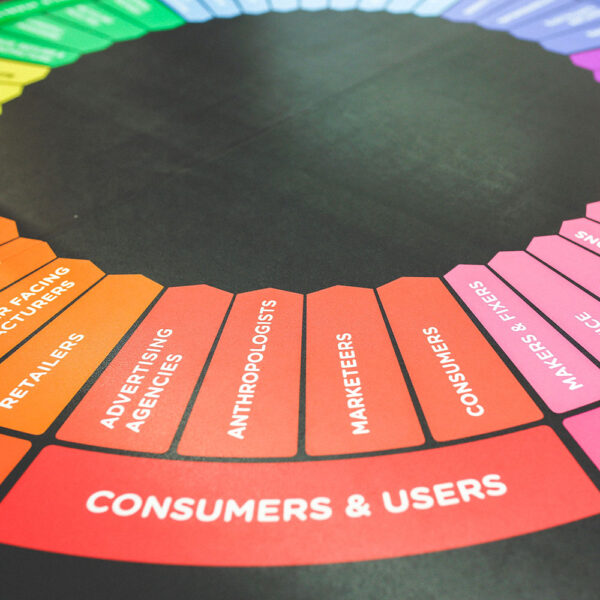Best Practices for Multilingual Websites

Does your business have a website that you’d like to have translated and don’t know where to begin? The pointers below can give you an idea of how to cater your website content to audiences who speak different languages even before you hire a translator. Making your website friendly to an international audience requires not only translation but careful attention to details that may seem unimportant when targeting a domestic audience.
Choose a flexible layout
If your layout isn’t flexible, translated text can stretch or break your website. This is especially important when your target language is generally much more condensed or expanded in comparison to English. For example, an “RV” in English is “キャンピングカー” in Japanese. The latter takes up much more horizontal space and would likely overflow certain areas if the chosen layout were not flexible.
It’s also a good practice to make your website mobile friendly. In many locations around the world, desktop computers are rarely used and have been replaced by smartphones. Making your webpage responsive—able to fit the contents to whatever size window it is in—will ensure that you capture the eyes of as many potential customers as you can.
Cater to a variety of browsing habits
Your visitors might be coming from anywhere around the globe. As mentioned above, many places primarily use cell phones instead of their desktop at home. Because of this, the people trying to access your website might be on spotty cell phone connections. Keeping your website as lean and quick-loading as possible means you will not be losing visitors with short attention spans.
Choose images carefully
An image might be perfectly innocuous in one country but offensive in another. When making the decision to translate your website, you should do an audit of all the images on your website to make sure you’re sending the right message to your target audience. The best way to be absolutely sure none of the images are offensive is to contact a trusted local to the area you want to target. Depending on the target location, there may also be online resources to help determine what is and isn’t offensive.
Avoid embedded text on images
While doing the image audit mentioned above, you should also keep an eye out for any images that have text written directly on them. Ideally, you would remove text from images and put them on the site instead. Having text embedded on images makes it difficult for translators to do their job, as the text won’t be imported into the translation management system. Doing this simple step will make any translation job in the future much easier as well.
Maintain your brand’s tone
While it may be tempting to install a plugin to have Google translate your site, it’s not a good idea to rely on machine translation for this task. Not only does it potentially make navigation more complicated, but it might also be inconsistent with the tone of your business and leave potential customers confused about what you offer. One of the most important parts of translating is keeping your content consistent with your brand standards even in a different language. A good translator will be able to maintain your brand’s tone while staying sensitive to the target audience’s culture. They can also advise on what content to translate and what content to keep in the original language.
It may seem like a daunting task but preparing your website for translation is an important step towards targeting new locales. Paying attention to details like text overflow, browsing habits, images, and tone will make people around the world feel noticed and appreciated. We would love to help you reach your international audience. Once you’re ready to have your website translated, contact us for a quote!






